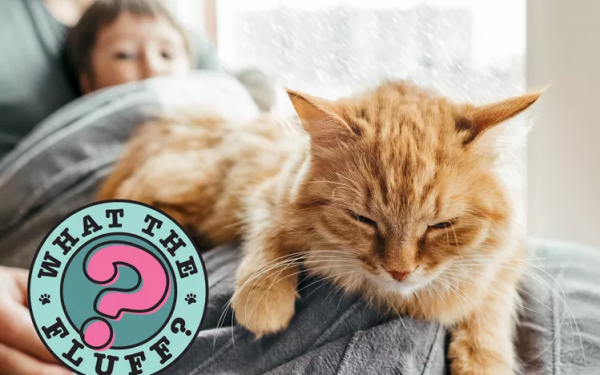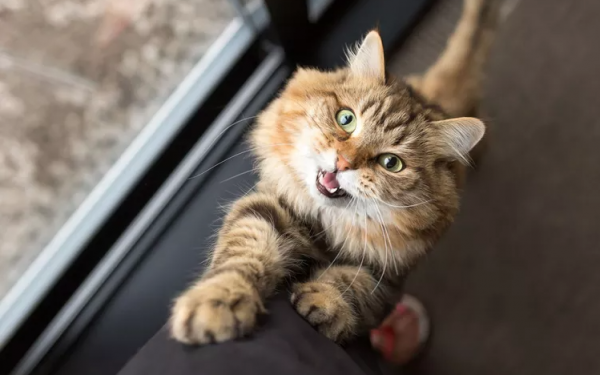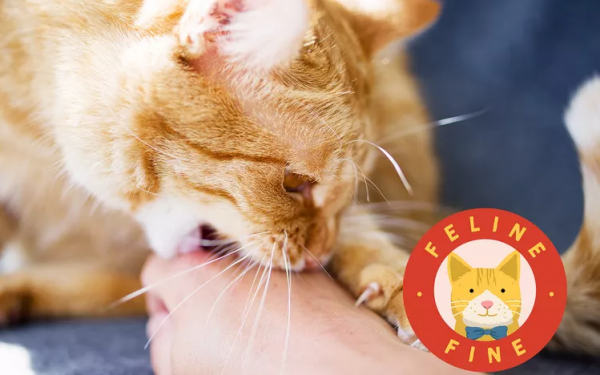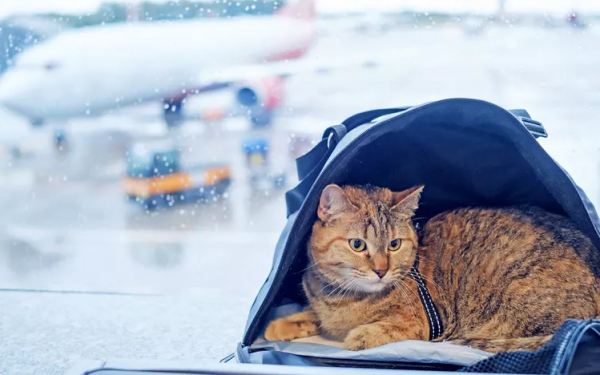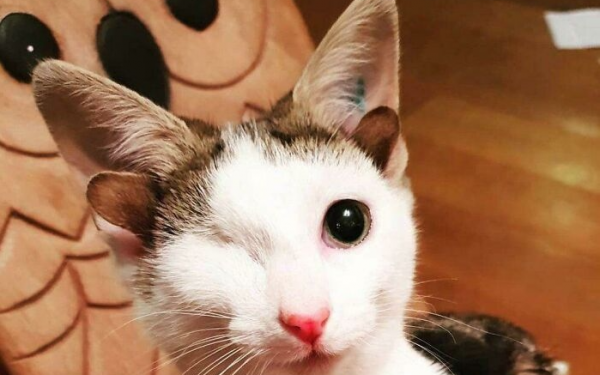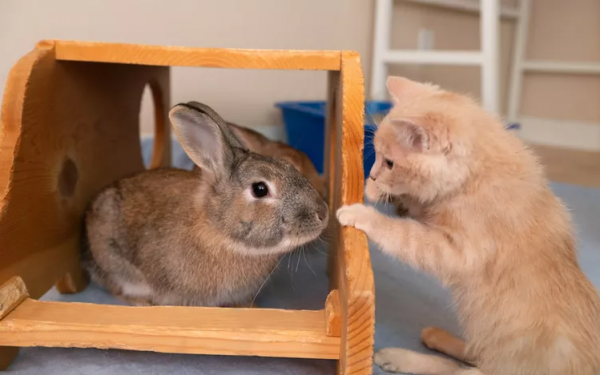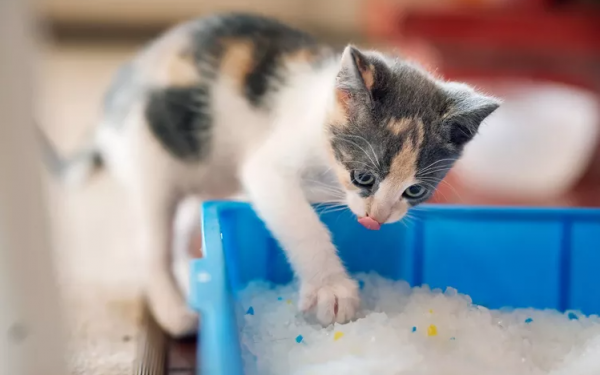What Is a Feral Cat? How Are They Different Than Stray Cats?
When kittens are born outside without human interaction, they can become fearful and pass this learned behavior onto future litters. This lack of socialization is what makes feral cats so different than stray cats and our friendly house cats.
It's also why it's much harder to fully adopt a feral cat than a stray cat who's met humans before. You may only see a truly feral cat occasionally, when she stops by to eat the food you left out on the porch.
We spoke to Eva McDowell, founder of Georgina Feral Cat Committee, and Kim Kelly, founder and president of C.A.T.S. CastAsideToSurvive Inc. They explain what exactly a feral cat is and how we can help them.
:max_bytes(150000):strip_icc():format(webp)/what-is-a-feral-cat-262443097-2000-304dc00b356e4443a49a2e2f88e2eb79.jpg)
A feral cat is a free-roaming cat who hasn't been socialized by humans. Socialized cats enjoy new experiences, people, and other animals. If Mama Cat is socialized, she'll teach her kittens friendly life skills, too.
"Cats are not born feral. It is a learned trait," Kelly tells Daily Paws.
Socialization is most important during kittens' first few weeks of life, during their sensitive learning period from 2–9 weeks old. That's when kittens are more likely to be open to new experiences and create positive associations with new things.
It's not that cats can't learn new things or create new positive associations after this period, but it might take a little longer. "The longer the cat goes without human interaction, the longer it takes to socialize them," Kelly says.
The result of a life without socialization? A kitty who acts more like a wild animal than the sweet house cat we know—not because they're mean or ill-intentioned. They're scared.
What's the Difference Between a Stray Cat and a Feral Cat?
According to McDowell, stray cats are lost or abandoned domestic kitties—different from unsocialized feral cats. But the types of free-roaming kitties don't stop there, Kelly adds. There are a few different categories, and they're not all wild or abandoned.
Friendly stray: Check the collar or microchip of this friendly kitty. She might belong to a nearby neighbor or is lost or abandoned, Kelly explains. Community cat: Community cats don't have typical owners. Instead, they're cared for by the community and may be somewhat friendly. Friendly feral: With minimal socialization through feeding, friendly feral cats might be somewhat trusting of the human who feeds them. But they're not socialized to the point of accepting pats. Feral: True feral cats aren't socialized, are on high alert, and fear humans. "Usually, they bolt at the first sight or sound of humans," Kelly says.Any of these free-roamers could find themselves living in a feral cat colony or in a group of cats typically bonded with their family unit. (A Mama Cat and her kittens and their kittens … and their kittens.) When there's a reliable food source, other strays might find their way into the colony, too.
Female cats can become pregnant as young as 5 months old and can have up to three litters of kittens in a single year. So it's no surprise McDowell has seen colonies as large as 200 cats—but most cat colonies she comes across include around 20 to 30 cats.

Sometimes—with lots and lots of time and patience. "It can take years to tame up a feral cat," McDowell says. And some feral cats may never warm up to a human's company.
"Food is the best bargaining chip used in socializing," Kelly says. If you choose to feed stray, feral, or colony cats, take it easy. Feed them in the morning, only an amount the cats can finish in a few hours. "Never feed at night; it attracts scavenger animals such as raccoons, skunks, and rats," she adds.
Feral cats have the best chance of life as house pets when found and given the proper care as kittens. So if you spot roaming kittens or cats who haven't been ear-tipped or appear pregnant, contact your local shelter or trap, neuter, vaccinate, return (TNR or TNVR) program. Trained cat advocates like Kelly and McDowell are happy to help.
How to Help Feral Cats in Your AreaThere's no doubt feral and stray cats have a tough life. Facing the dangers of life outdoors, many feral cats don't live past the age of 2, whereas house cats can exceed 20 years. The first step in helping strays is to spay and neuter both indoor cats and free-roaming community cats.
Helping spay and neuter community cats doesn't always mean you need a humane TNVR trap in hand, McDowell says. Educate others on the importance of spaying, neutering, and vaccinating cats. Advocate for local sponsorship of low-cost spay and neuter clinics, and consider donating food to caretakers of established spayed and neutered colonies.
Other ways to help feral cats in your area include:
Providing fresh, clean water Feeding a small amount only in the mornings Building a DIY cat house or purchasing an all-weather cat shelter Contacting your local shelter if you find a free-roaming cat or kitten and are unsure how to helpHave you found a hurt feral cat or a kitty that needs a human's attention? Find your nearest animal shelter and rescue here.







